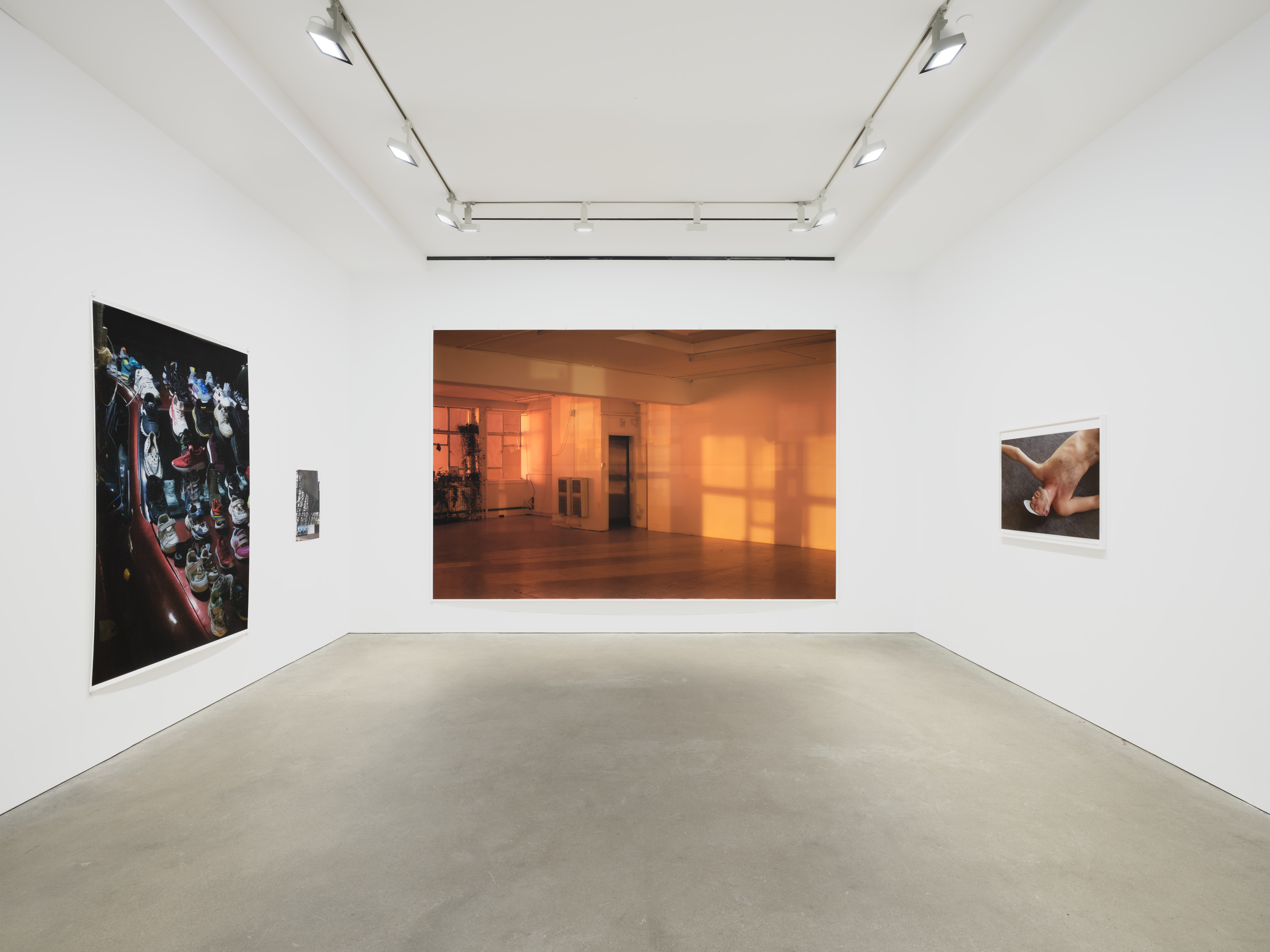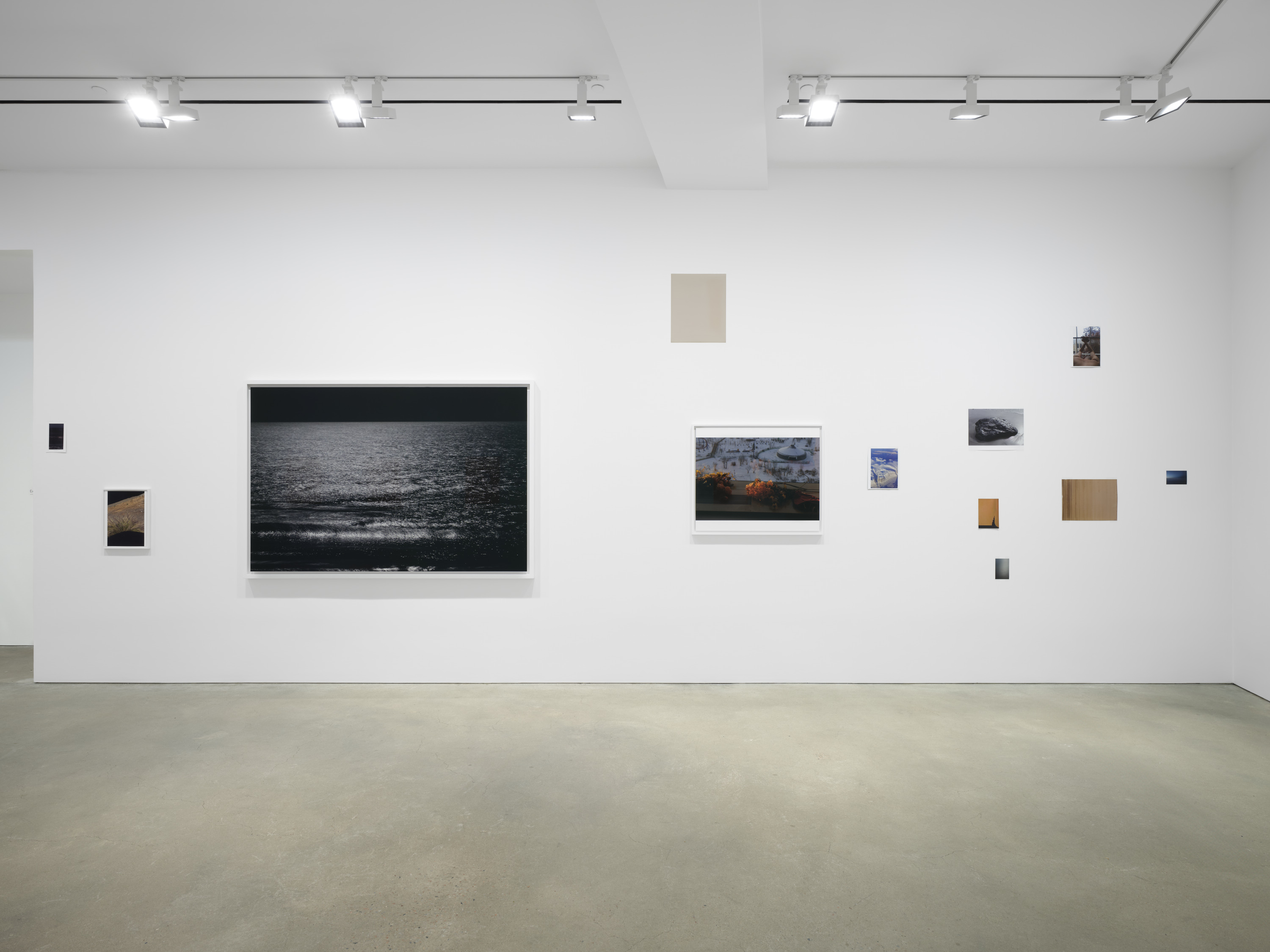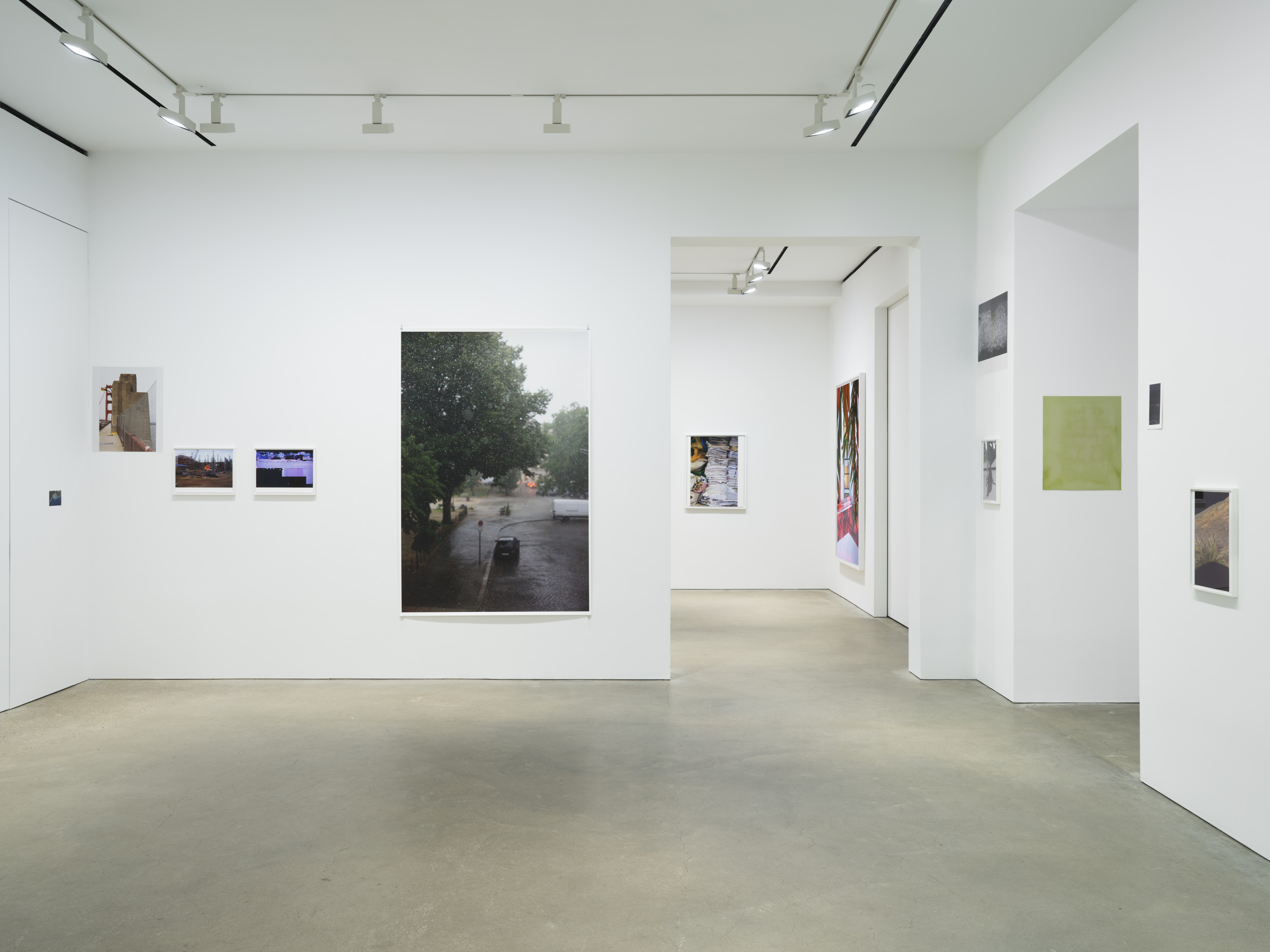Shows
For Wolfgang Tillmans, “The Point Is Matter”


Mar 25–May 11
Wolfgang Tillmans: The Point Is Matter
David Zwirner
Hong Kong
Even after three decades of photographic experience, Wolfgang Tillmans continues to search for new expressions. And in his second solo exhibition in Hong Kong, “The Point is Matter” at David Zwirner, the German artist has something to say. Across the two floors of the gallery space were recent photographs from Addis Ababa, Berlin, Lagos, Mongolia, Hong Kong, and Shenzhen, of various sizes and mediums—framed or unframed, stuck or hung—idiosyncratic yet deliberate, as well as music videos from his latest album.
Tillmans’s work is familiar to those immersed in ’90s-era fashion, rave, queer, and pop-culture scenes, and “The Point Is Matter” expands upon these nostalgic subjects. Filled with Light, a (2011), an enormous reprinted photograph that captures Tillmans’s former London studio submerged in amber light, greets viewers at the exhibition entrance. Despite its large size, the inkjet-printed work is loosely hung on the wall with only clips and nails, leaving a bareness. Then there is the view from his Berlin studio in Window Left Open (2023), of indoor plants basked in red light; two travelogue snapshots capturing a pile of recycling paper and sneakers on a car in Office Paper For Food Wrapping Recycling, Addis Ababa (2019) and Temporary Shoe Shop (2022), respectively; the architectural photo Structure For Advertising (2022); and a framed inkjet photo of a half-naked artist friend, Anders Stretching On The Carpet (2022). These subjects, from still lifes and architecture to bodies, introduce viewers to recurring motifs in Tillmans’s photography while emphasizing his artistic and personal development. The photographs’ discrete locations efface the familiarity of his practice, exuding a transience (as if from a passerby’s perspective) that echoes Tillmans’s own travels.


As its title suggests, “The Point Is Matter” attempts to concretize representational imagery into physical matter, or at least highlight their relation. Water, for instance, appears as a subject in many different forms: from the glittering Atlantic Ocean under moonlight in the framed work Lunar Landscape (2022); the homoerotic snapshot of Tillmans urinating in pissing on ice (2023) stuck to the wall with only masking tape; the large print of a flooded urban street Summer Storm Rain Drops Freeze Frame (2023); to the icy fjord on an offset print in Greenland, West Coast (date unconfirmed). Through these speculative images, the divergence of time emerges, as the long exposure in Lunar contrasts with the instantaneity of Summer Storm, and the temporality of urination is juxtaposed against a long-durational flight. Tillmans’s evidence-board-like placement of photos across the gallery walls forms a semiotic detective game that invariably points to matter itself, despite a reliance on Tillmans’s photographic representation.
Unlike the fleeting moments captured by his photography, Tillmans’s music is devoted to a prolonged feeling of nostalgia and progress. His second album, Build From Here (2024), and its corresponding music videos revive the '80s New Wave genre, as his soundscape features sincere vocals and modernized synth-heavy arrangements. In the 104-second music video for Where does the tune hide (2024), the artist is shown swinging and balancing a long wooden rod; in the background, one can see the sea’s reflection of the distant sun under a clear twilight. The ambiguous time portrayed in the video is accompanied by Tillmans’s somber lyrics, adding a new, lonesome dimension to his images. In this new medium Tillmans is intimate and vulnerable, and by adding a lyrical, auditory dimension to his typically representational practice, the artist allows viewers a glimpse into his inner world.

Outside the screening room were Tillmans’s other experimental ventures, such as Silver 271, 272, and 273 (2024; 2019; date unconfirmed) from his ongoing chemogram series started in the late ‘90s, as well as his recent Sirius Through a Defocused Telescope series (2023). The latter captures Sirius, the brightest star visible from Earth, in six photos of diffracted, iridescent halos. A nod to his childhood interest in astronomy, Sirius Through a Defocused Telescope was the only series in the exhibition that was printed in identical sizes and hung evenly (although a thorough inspection would reveal one gap between two images was broader than others). This compulsion to break evenness in space recalls Tillmans’s long-established exhibition style, in which he has placed works nonhierarchically and idiosyncratically since the ‘90s.
In the final room of the exhibition, Tillmans’s works shift focus away from the material to the human. Maraljingoo, Sambuunyam & Norimaa in their ger (2023) captures three generations of women from the same family in a Mongolian tent. A series of snapshots with actress Jodie Foster at his Fire Island summerhouse exudes a sense of youthfulness and laid-back ease. In Simon (2022), Tillmans captures a moment when natural sunlight shed onto his friend’s face, forming a harmonious, statuesque portrait. Then there were numerous still lifes from 1995 until Tillmans’s recent voyages, including HKG Airport Interior (2023), a snapshot of a malfunctioning, glitching message board in Hong Kong International Airport, depicting an often-neglected technology in an otherwise cyber-functional city.
All of the imagery displayed, both abstract and figurative, explicate Tillmans’s exhibition title: “the point”—that is, what Tillmans is attempting to express—is matter, a particular time and place, a quotidian moment, or their relations. Tillmans embraces each with sincerity and fondness by weaving subjects—public places, friends, personal space, strangers, the stars itself—into an elusive network of affection, reminding us to never overlook life’s simple virtues.

Alex Yiu is associate editor at ArtAsiaPacific.







